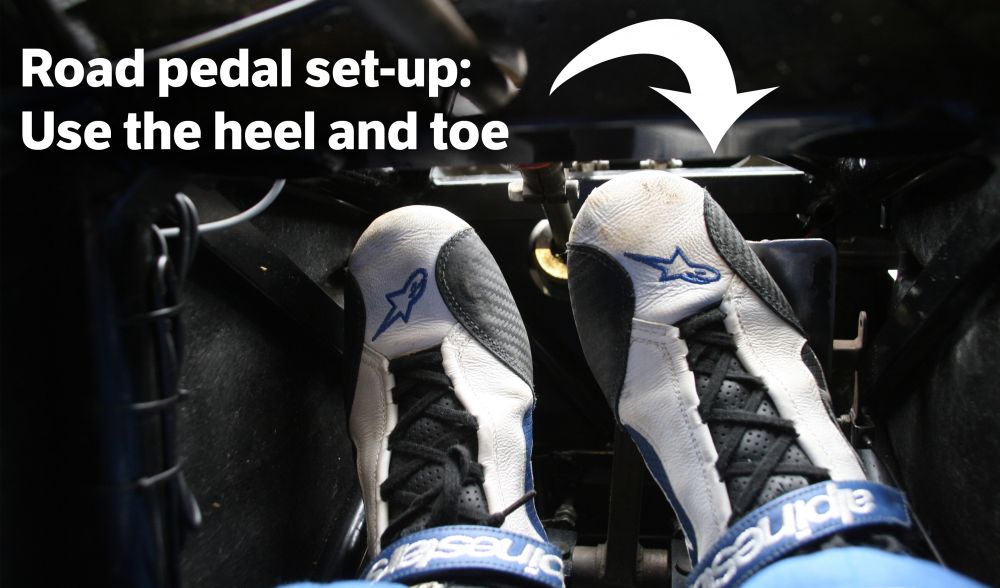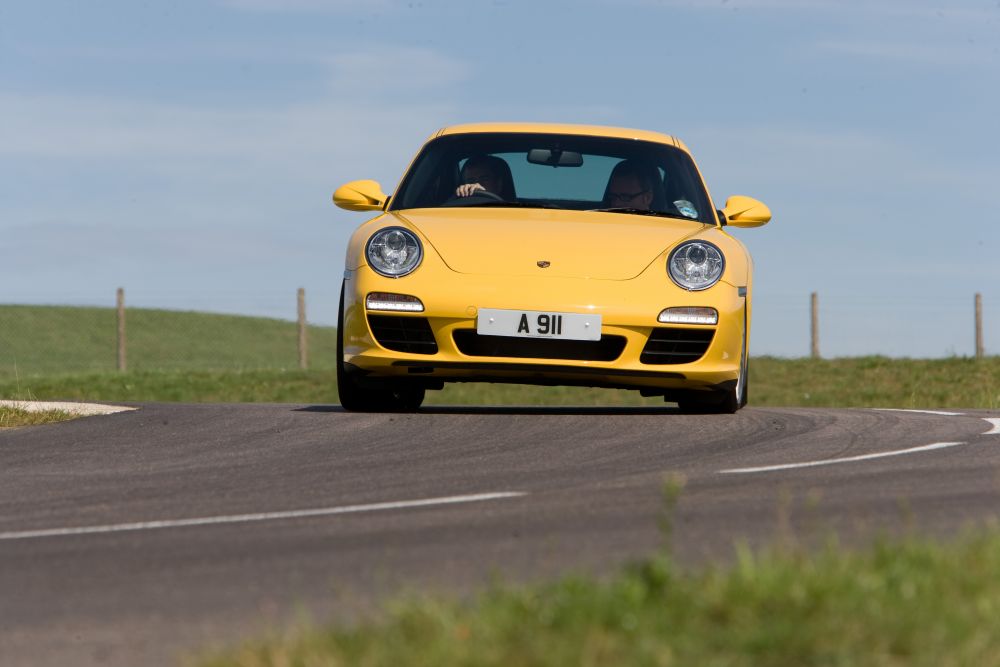No results found




















How To Nail The Perfect Heel And Toe Downshift
The heel and toe downshift is the art of combining three processes: braking, rev-matching and changing gear. Here’s how it’s done
Heel and toe downshifting is widely recognised as the ‘holy grail’ of driving techniques. It looks cool, it sounds awesome and high profile journalists like Chris Harris have made it famous on the interwebz. So who wouldn’t want to learn it?
Well, many of my friends have been put off attempting the technique because it looks rather ‘intimidating’; a skill reserved for pro drivers. Thankfully this is not the case - you don’t have to be Ayrton Senna to pull off the perfect downshift. In fact, it’s one of the easiest skills to master, and once you’ve cracked it, you’ll find it as simple as operating a light-switch.
How do I perform a heel and toe downshift?

Heel and toe downshifts are performed in the braking zone of a corner, so we’ll run through the process methodically:
As you approach the braking zone, move your right foot from the throttle to the brake pedal. When you reach a speed where it is appropriate to downshift (to avoid over-revving), rotate your right foot so that your heel is hovering over the throttle. Alternatively, if you’re in a track focused machine where the pedals are close together, you can use the side of your foot in place of your heel.
To change gear, depress the clutch with your left foot, then rotate your right foot while you’re still braking and give the throttle a short, sharp stab with your heel (or the side of your foot), then select the lower gear. When you blip the throttle, be careful not to over-rev the engine, which is a major problem in vintage race cars with no limiter. Once you’ve selected the lower gear, release the clutch smoothly and with purpose.
If you’ve done everything perfectly, the downshift should have been buttery smooth with minimal forward weight transfer.
Why is a heel and toe downshift smoother?
If you don’t use heel and toe, when you depress the clutch to select a lower gear, the revs will drop as the engine is disconnected from the gearbox, but the wheel speed will remain high. So when you downshift and release the clutch, the clutch speed and the engine speed are completely mismatched. This will cause a shock to the driveline resulting in sudden engine braking.
This can upset the balance of the car, and in some circumstances - usually wet and greasy conditions - you can lock the driven wheels entirely.
So the advantage of using heel and toe is that when you blip the throttle during the downshift, it matches the engine speed with the road speed. Therefore, when the clutch is released, there should be no sudden jerk, which reduces forward weight transfer and the likelihood of lock-ups. As a result the car remains stable on the way into the corner giving the driver greater control.
Can I use it on the road?
Absolutely. Any technique that helps to keep a car balanced and under control is worth using on a day-to-day basis. Just like left-foot braking, it will make you a smoother, quicker, and ultimately safer driver on the road.

However, we do recommend that you have the right car/pedal set-up. If you’re in a car with pedals spaced far apart, heel and toe-ing can be a real challenge. Try to practice in a car where the brake pedal, when fully depressed, sits at the same level as the throttle.
Like with everything, practice makes perfect, so get out there and nail that technique!
